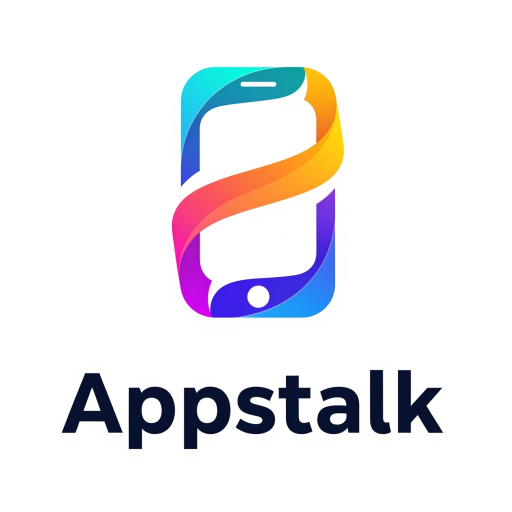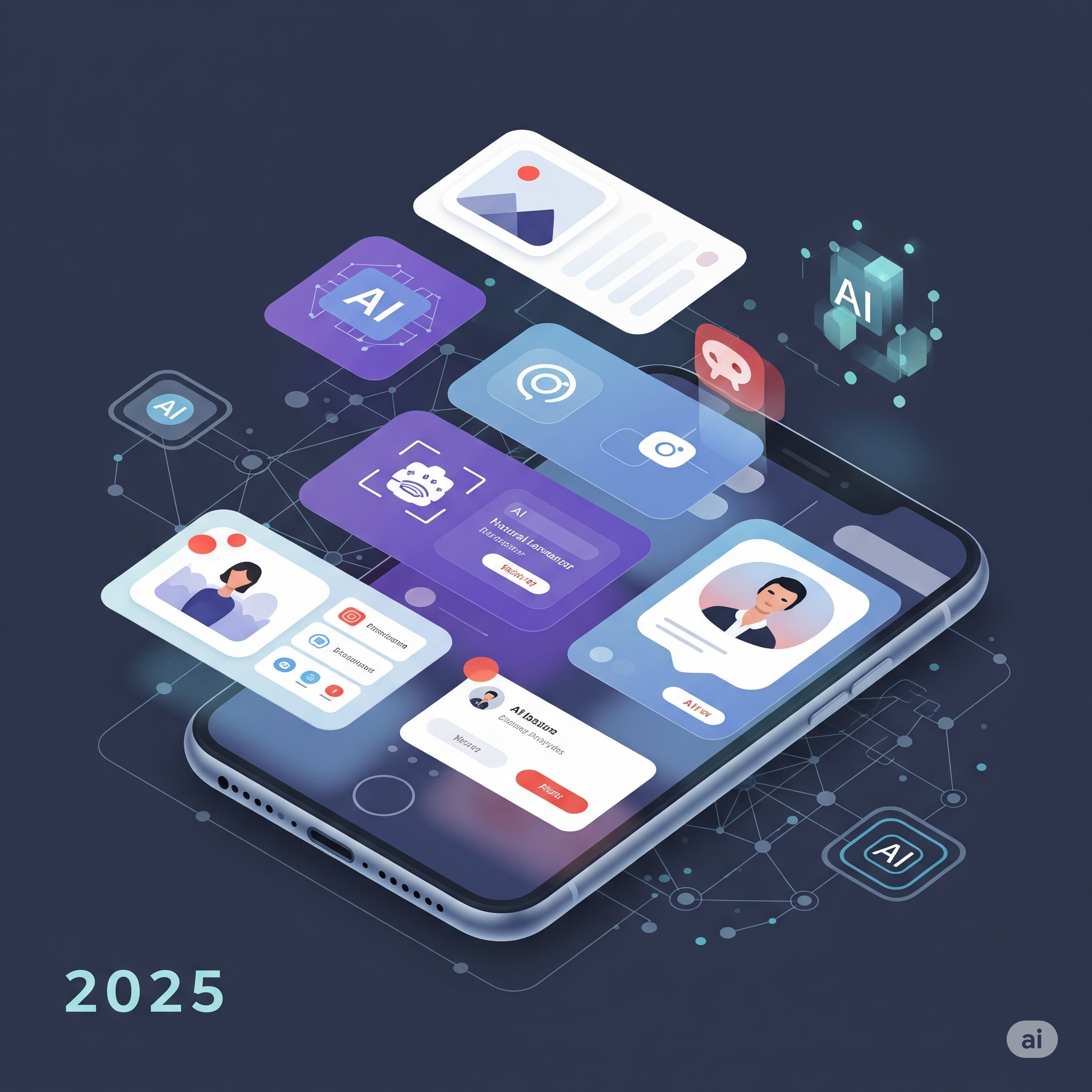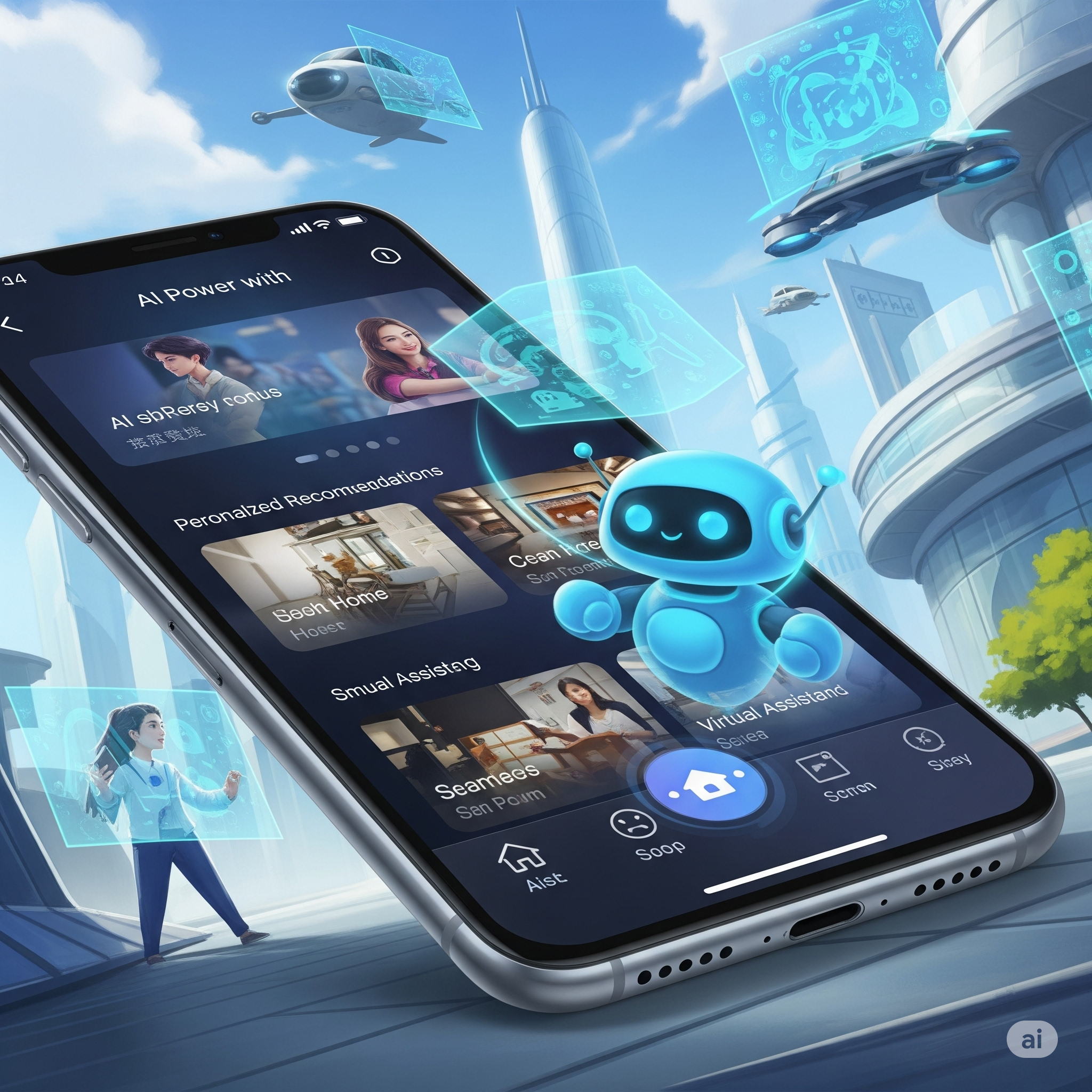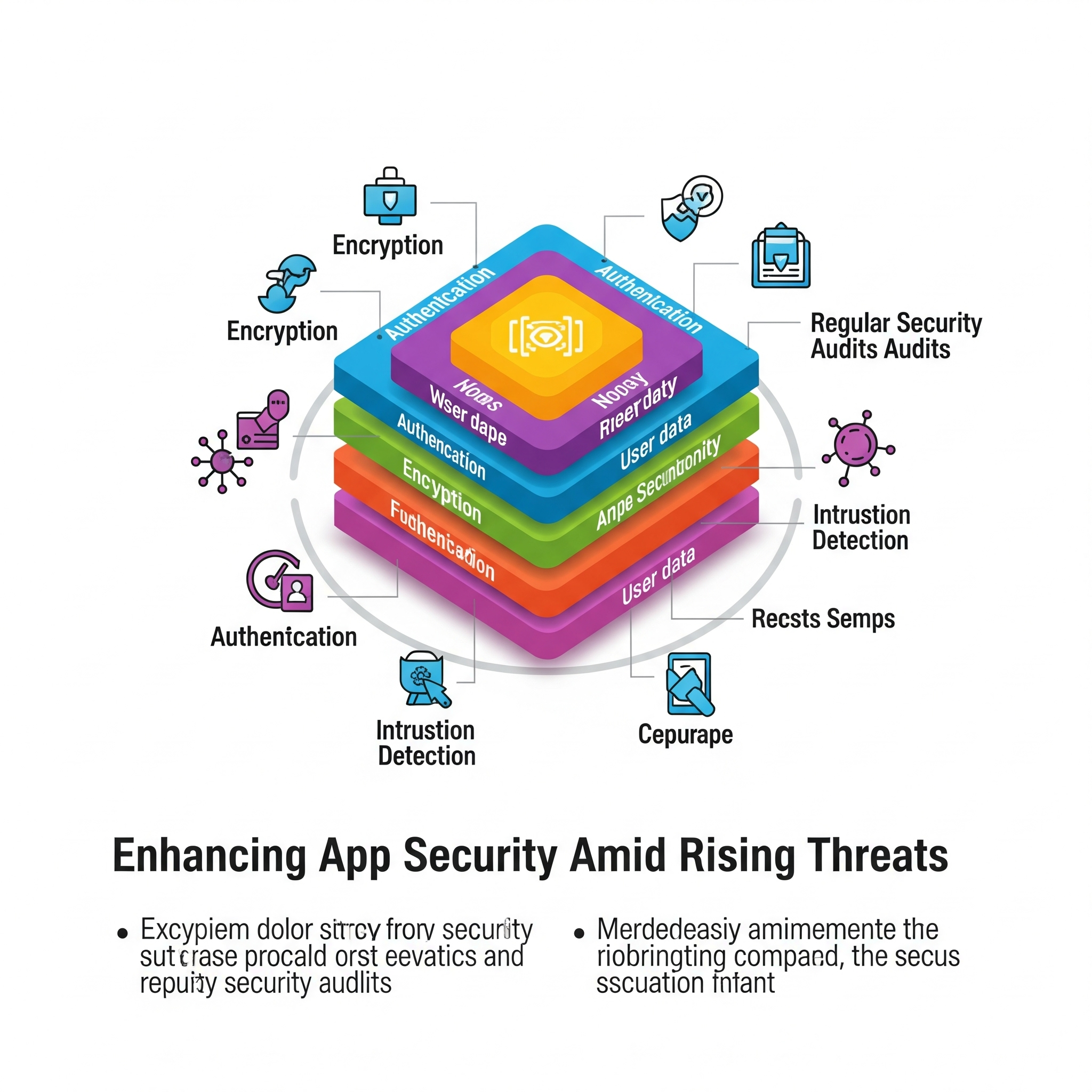AI Integration in Apps for 2025
Is your app ready for the AI wave in 2025? Artificial intelligence is no longer a futuristic concept—it’s reshaping the app development landscape, driving innovation, and meeting user expectations in real time. As we stand at 08:48 PM PKT on Tuesday, July 22, 2025, the demand for smarter, more intuitive apps is surging. From chatbots that handle customer queries to predictive analytics that anticipate user needs, AI is becoming a cornerstone of modern app design. For developers on platforms like AppsTalk, integrating AI isn’t just an option—it’s a necessity to stay competitive. This post dives into practical steps and tools to weave AI into your apps, ensuring they thrive in the evolving tech ecosystem.
Why AI Matters in 2025
The rise of AI in apps reflects a shift in user behavior. People want personalized experiences, instant solutions, and efficiency. A 2024 report from Statista projected that the global AI market would exceed $500 billion by 2025, with mobile apps accounting for a significant share. Features like voice recognition, as seen in apps like Google Assistant, or tailored recommendations, like those on Netflix, set the standard. In Pakistan and beyond, where mobile penetration is high—over 185 million subscribers per the PTA—apps that leverage AI can stand out in crowded markets.
AI also addresses practical challenges. Developers face pressure to deliver faster, more reliable software. AI automates repetitive tasks, enhances security, and improves user engagement. For instance, AI-powered chatbots can reduce customer service costs by up to 30%, according to Juniper Research. As 2025 unfolds, ignoring AI risks leaving your app obsolete.
Getting Started with AI Integration
Integrating AI into your app doesn’t require a PhD in machine learning. Here’s a step-by-step approach to get you started:
1. Define Your AI Goal
Begin by identifying what AI can do for your app. Are you aiming for better user interaction with a chatbot? Or perhaps predictive analytics to suggest content? For a fitness app, AI could analyze workout data to recommend personalized routines. Clarity here shapes your entire strategy. Sketch out a simple use case—e.g., “A chatbot that answers FAQs”—to keep focus.
2. Choose the Right Tools
You don’t need to build AI from scratch. Leverage existing platforms and libraries:
-
TensorFlow Lite: Ideal for on-device AI, it supports models for image recognition or text processing. Lightweight and perfect for mobile.
-
Dialogflow: Google’s tool for creating conversational agents. It’s user-friendly and supports multiple languages, including Urdu, which could appeal to local developers.
-
Microsoft Azure AI: Offers pre-built models for analytics and vision, with easy integration via APIs.
-
OpenAI API: For advanced natural language processing, it powers chatbots and content generation with minimal coding.
Start small—pick one tool and experiment. For example, Dialogflow can have a basic chatbot running in hours.
3. Integrate with Existing Code
Most AI tools provide APIs or SDKs. For a web or hybrid app, add the API endpoint to your backend. In a JavaScript app, you might use:
fetch('https://api.dialogflow.com/v1/query', {
method: 'POST',
headers: { 'Authorization': 'Bearer YOUR_KEY' },
body: JSON.stringify({ query: userInput })
})
.then(response => response.json())
.then(data => updateChat(data.result));For native apps, embed TensorFlow Lite models using their mobile libraries. Test on a simulator first to avoid bugs. This step bridges your app’s logic with AI capabilities.
4. Train or Use Pre-Trained Models
Training an AI model can be complex, but pre-trained models save time. For chatbots, Dialogflow offers intent recognition out of the box—just add your domain-specific phrases. For predictive analytics, Azure AI provides templates for sales forecasting. If customization is needed, use datasets relevant to your app—e.g., user behavior logs—and fine-tune with tools like Google Colab, which offers free GPU access.
5. Optimize for Performance
AI can be resource-heavy. Optimize by running lightweight models on-device with TensorFlow Lite or offloading heavy processing to the cloud with Azure. Monitor latency—users abandon apps if responses lag beyond two seconds. Test on low-end devices, common in markets like Pakistan, to ensure accessibility.
Practical Examples of AI Features
Chatbots for User Support
A chatbot can handle 80% of routine queries, freeing developers to focus on innovation. For an e-commerce app, integrate Dialogflow to answer “What’s my order status?” Use natural language understanding to support Urdu queries, enhancing local appeal. Start with a simple script:
-
Greet: “سلام! میں آپ کی مدد کے لیے یہاں ہوں۔”
-
Intent: Map “میری ترسیل کب ہوگی؟” to order tracking.
Predictive Analytics for Engagement
Predictive models can suggest content or products. In a news app, use Azure AI to analyze reading habits and recommend articles. Train on historical data—e.g., “User A reads tech 70% of the time”—and update weekly. This keeps users coming back.
Voice-Enabled Features
Voice commands are gaining traction. Use the OpenAI API to add voice search in a recipe app. Users say, “Find chicken recipes,” and AI processes it. Pair with a microphone API for real-time input, testing on diverse accents for inclusivity.
Overcoming Challenges
AI integration isn’t without hurdles. Data privacy is critical—comply with GDPR or Pakistan’s PECA 2016 by anonymizing user data. Cost can escalate with cloud APIs, so start with free tiers (e.g., Dialogflow’s $0 initial limit) and scale as needed. Skill gaps are another issue; online courses on Coursera or free YouTube tutorials can bridge this. Finally, test rigorously—AI errors like misheard commands can frustrate users.
Future-Proofing Your App
As 2025 progresses, AI will evolve. Stay updated via developer communities on X or forums like Stack Overflow. Experiment with emerging trends—multimodal AI combining text and images or edge AI for offline use. Regularly gather user feedback to refine AI features, ensuring your app remains relevant.
Conclusion
AI integration in apps for 2025 is a game-changer, offering tools to enhance user experience and streamline development. By defining clear goals, selecting the right tools like TensorFlow Lite or Dialogflow, integrating seamlessly, and optimizing performance, developers can harness AI’s potential. Practical features like chatbots, predictive analytics, and voice commands can set your app apart. Despite challenges like privacy and costs, the rewards—higher engagement and innovation—make it worthwhile. Start today on AppsTalk, experiment with one feature, and watch your app ride the AI wave into the future.



